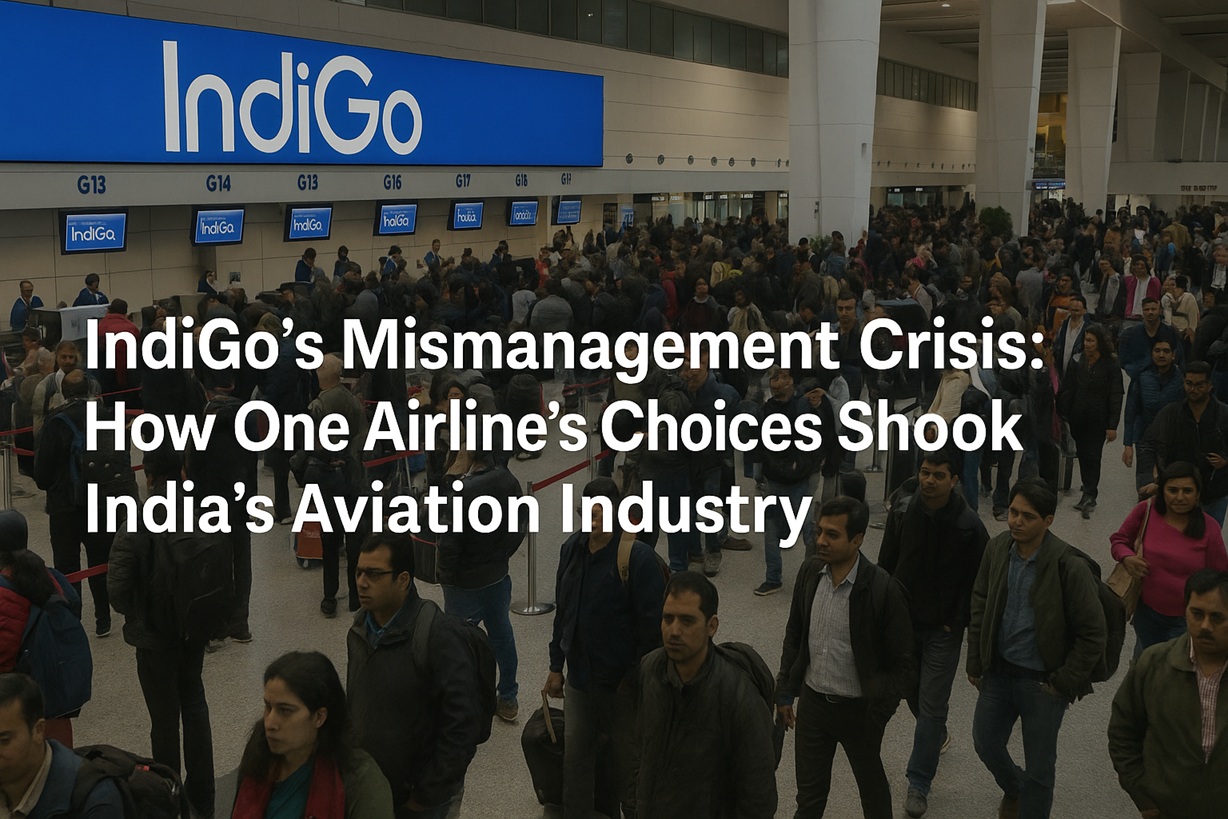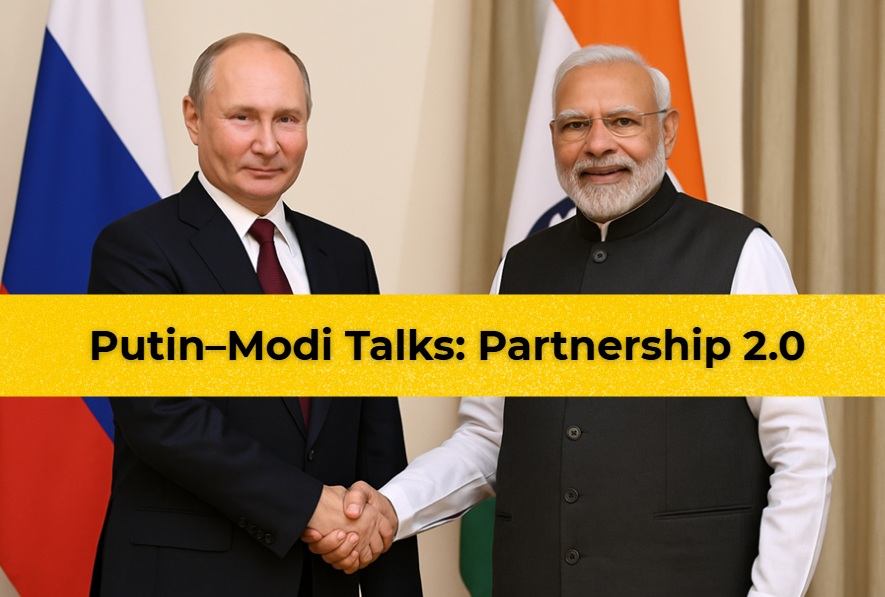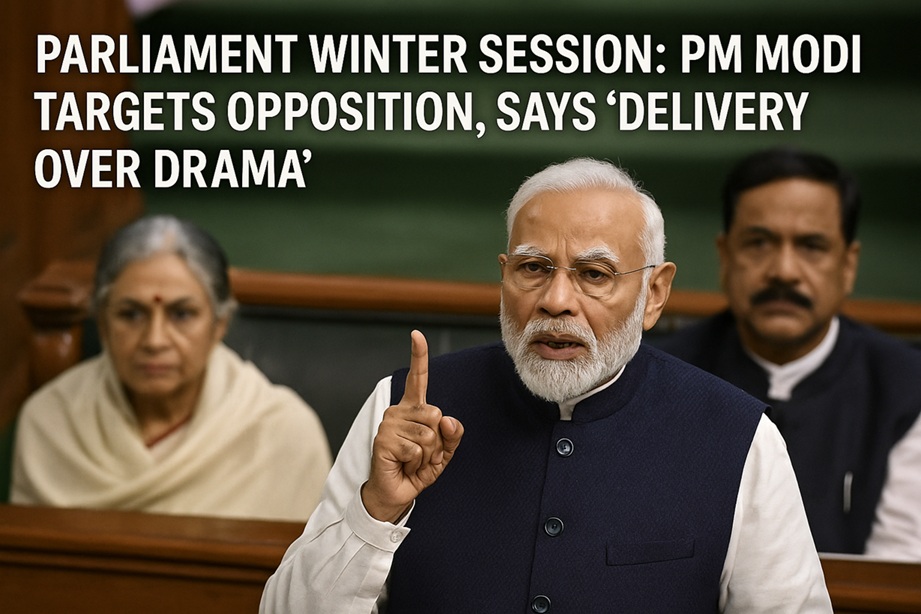Modi’s Strategic Silence vs. Trump’s Economic Shock Therapy
Despite the United States imposing a steep 25% tariff on Indian exports, the Indian government has already rolled up its sleeves to protect domestic industries. On Monday, a senior government official confirmed that the Centre is considering targeted relief measures, particularly for sectors like textiles and chemicals, which are among the hardest hit. These safeguards aim to insulate Indian exporters from the shrinking access to the US market and maintain global competitiveness amid rising trade tensions.
Trump’s Tariff War: A Boomerang in the Making
At the heart of this global trade friction is Donald Trump, who is once again using tariffs as his trademark electoral weapon. With the 2024 US Presidential race intensifying, Trump has turned protectionism into political performance—hiking tariffs not just on India, but also on China, the European Union, and others. His stated aim? To “Make America Great Again” by punishing foreign imports, encouraging domestic production, and restoring American jobs.
But here’s the twist: It’s not working.
Instead of reigniting American industry, Trump’s tariff policies have sparked inflation, alienated farmers, frustrated industrialists, and unsettled the middle class. His so-called “deal-making genius” is increasingly seen as a costly miscalculation.
Modi’s Strategic Silence: A Masterstroke?
While the world reacts with outrage and confusion, Prime Minister Narendra Modi has maintained a calculated silence. No inflammatory statements. No knee-jerk reactions. Just calm resilience and quiet diplomacy. Modi’s refusal to dance to Trump’s tune has baffled the international media. Instead of retaliating, he is strengthening India’s trade fundamentals, reducing dependency on US imports, and narrowing the trade deficit on India’s own terms.
This approach has disarmed Trump’s tariff aggression. The very premise of Trump’s strategy—to intimidate partners into unequal trade deals—is being neutralized by India’s patient, long-game strategy.
Who’s Paying the Price for the Tariffs?
When Trump slaps a 25% tariff on Indian goods, who pays? Not the Indian government. Not the Indian exporter.
The cost is passed on to the American consumer.
Prices rise in US stores.
Inflation grows.
Public discontent spreads.
American companies importing from India simply mark up the prices. In effect, Trump’s economic warfare is boomeranging onto his own citizens. The very people he claims to protect—working-class Americans—are the ones now footing the bill.
Legal Firestorm in the US
And the crisis isn’t just economic—it’s constitutional.
Trump has invoked a national emergency clause to bypass Congress and impose these tariffs unilaterally. But legal experts and state governments have pushed back hard. Several lawsuits have been filed across US states like Oregon and the District of Columbia. A lower court has already ruled that Trump’s tariff move is illegal and unconstitutional, arguing that such powers rest with Congress, not the President.
Although a temporary stay was granted during appeal, the case is now escalating through higher courts. The US judiciary is being asked to decide: Can a President weaponize national emergency powers for trade battles?
EU, Japan, Canada… and Now India: All Unmoved
Trump’s earlier tactics with the EU followed a similar pattern—threats, tariffs, and eventual deals. The EU offered investment pledges worth $600 billion, but the real substance is years away. European firms are reluctant, demanding economic viability before setting up in the US. Similar trade standoffs occurred with Japan and Canada, leaving strained relationships and limited actual benefits.
But India is different.
Rather than panicking, New Delhi has adopted a slow, steady, and sovereign approach. The government isn’t scrambling to strike deals. Instead, it is investing in domestic resilience and diversifying export markets.
The Tortoise vs. The Hare: Modi’s Calm Wins Over Trump’s Chaos
Trump’s tactics are impulsive and loud. Modi’s are deliberate and quiet. And history shows: the tortoise often beats the hare.
The trade war initiated by Trump may soon become a legal and political liability. If the courts uphold the unconstitutionality of his tariff moves, Trump could find himself cornered, both at home and abroad. Meanwhile, India is playing the long game, bypassing turbulence, and building sustainable strength.
The Real Outcome: Inflation, Isolation, and Instability in the US
Trump’s “America First” slogan is turning into “Americans Pay First.”
- Inflation is rising.
- Global alliances are fraying.
- Litigations are piling up.
- Voter frustration is mounting.
And India? India is quietly emerging as the calm in the chaos—unshaken, unbending, and undeterred.
Tariff Politics Has a Shelf Life—Modi Knows It, Trump Doesn’t
The global tariff storm unleashed by Donald Trump is creating more domestic turbulence than international triumphs. As the American legal system begins to question his authority, and voters feel the pinch of price hikes, the cost of his “deal-making” strategy is becoming too high to ignore.
In contrast, Prime Minister Modi’s measured and principled stance is earning India quiet respect—and positioning the country as a reliable, resilient power in an unpredictable world.
#tariffs, #america, #trump, #pmmodi, #donaldtrump, #ustariffs, #usmarket, #us, #ustariffsonindia, #modigovernment, #ministryofexternalaffairs, #25percenttariff, #exportimport, #textiles, #chemicals, #indiaustrade, #indianeconomy, #usindiarelations,





